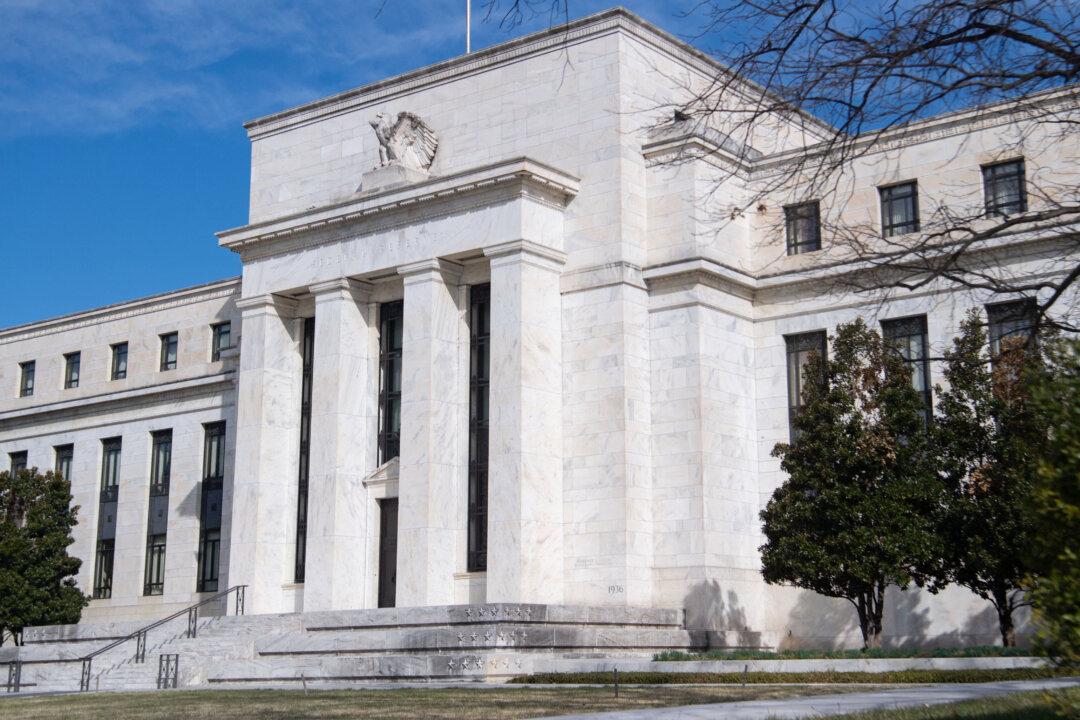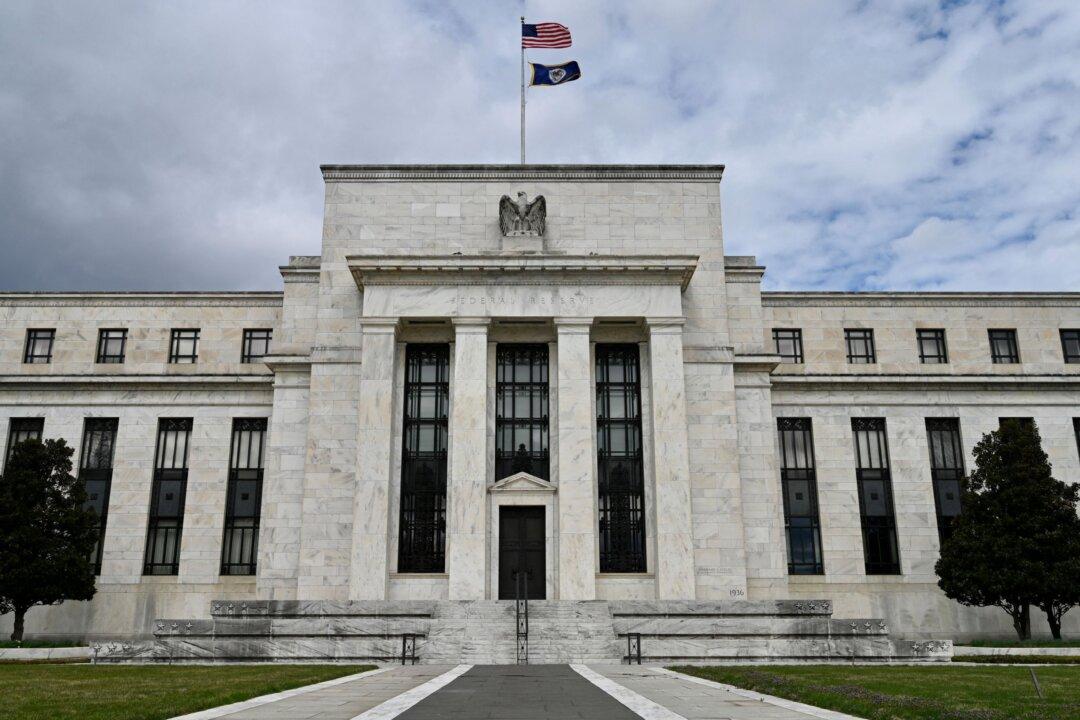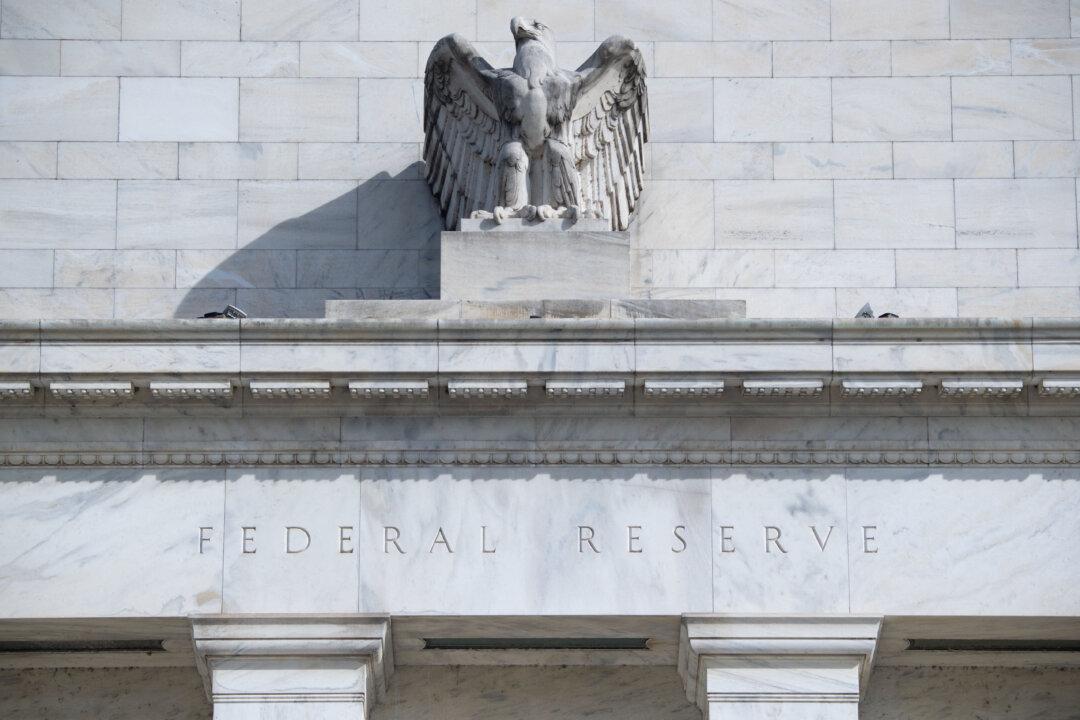Commentary
Recession warnings are clearly on the rise. Much of the initial media fervor focuses on the inversion of the yield curve.
“The 2-year and 10-year Treasury yields inverted for the first time since 2019 on Thursday, sending a possible warning signal that a recession could be on the horizon.” - CNBCOf course, investors, analysts, and economists continue to debate the meaning of the 2-year/10-year yield-curve inversion. Since 1978, yield curve inversions consistently provide recession warnings.




